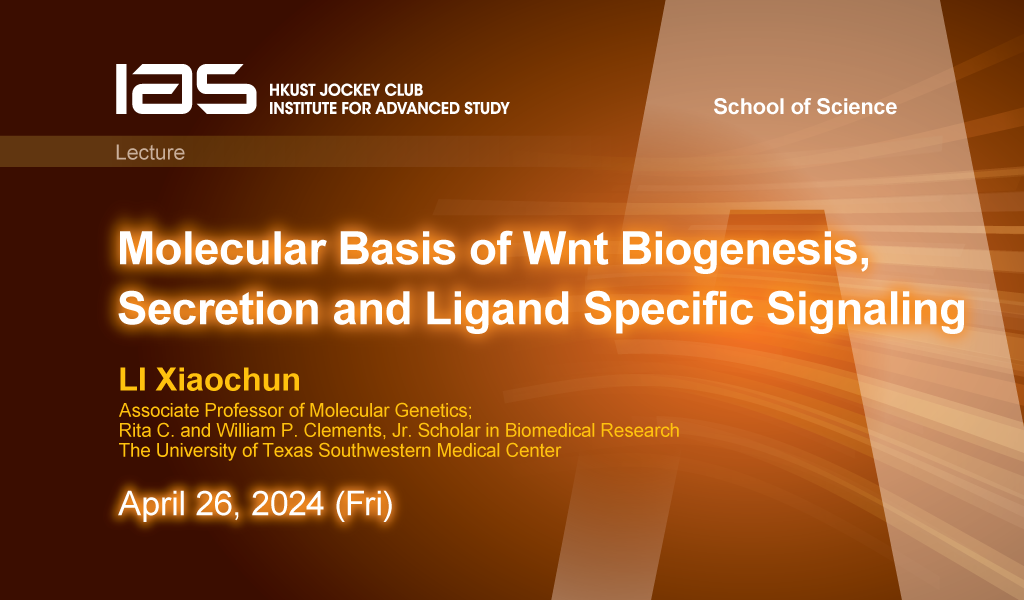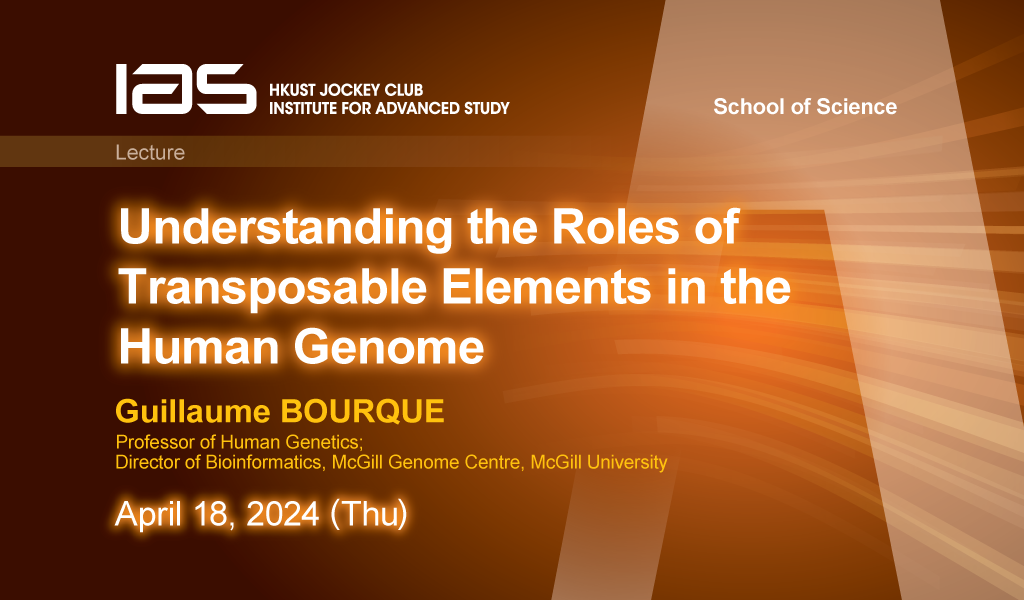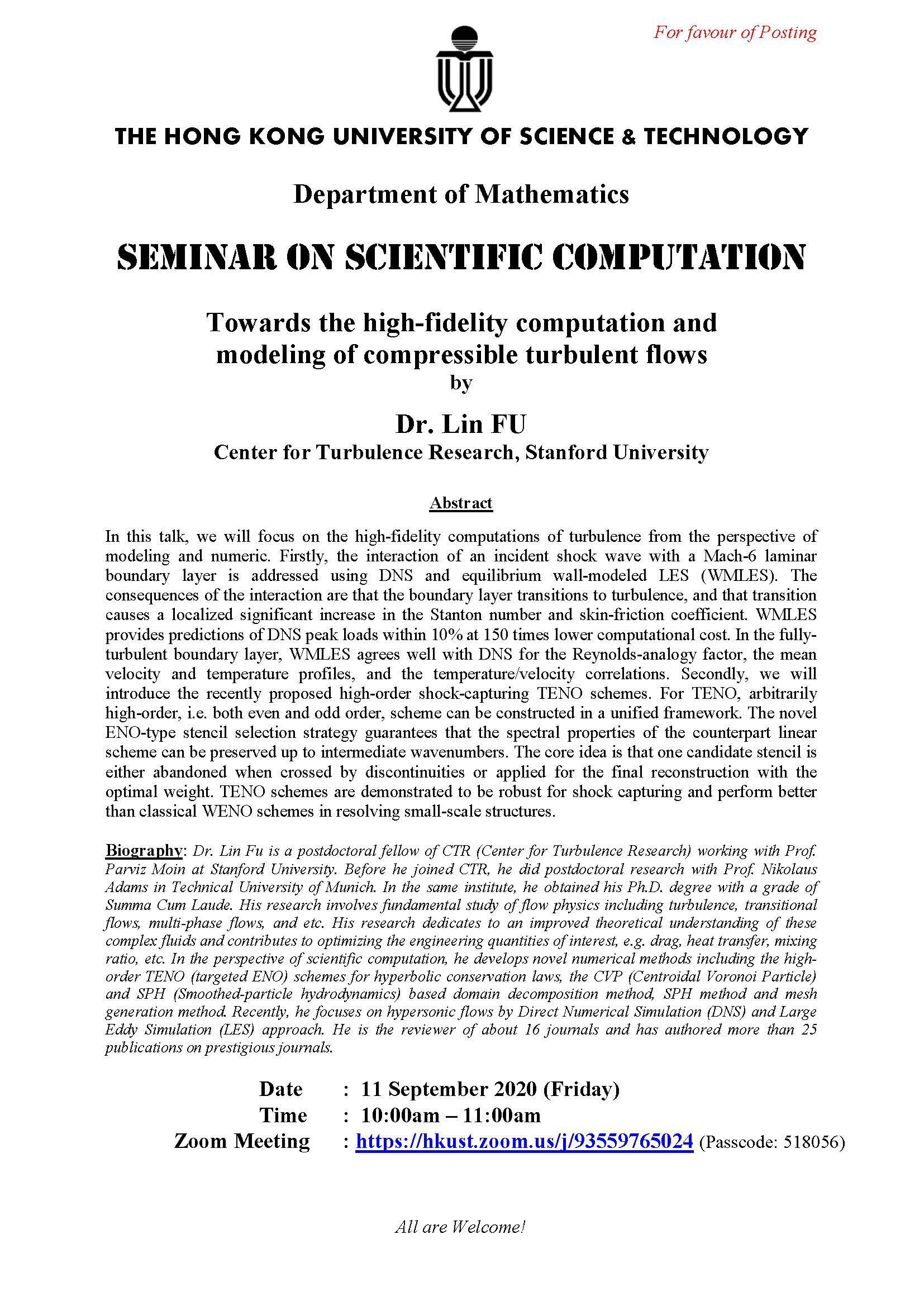In this talk, we will focus on the high-fidelity computations of turbulence from the perspective of modeling and numeric. Firstly, the interaction of an incident shock wave with a Mach-6 laminar boundary layer is addressed using DNS and equilibrium wall-modeled LES (WMLES). The consequences of the interaction are that the boundary layer transitions to turbulence, and that transition causes a localized significant increase in the Stanton number and skin-friction coefficient. WMLES provides predictions of DNS peak loads within 10% at 150 times lower computational cost. In the fully-turbulent boundary layer, WMLES agrees well with DNS for the Reynolds-analogy factor, the mean velocity and temperature profiles, and the temperature/velocity correlations. Secondly, we will introduce the recently proposed high-order shock-capturing TENO schemes. For TENO, arbitrarily high-order, i.e. both even and odd order, scheme can be constructed in a unified framework. The novel ENO-type stencil selection strategy guarantees that the spectral properties of the counterpart linear scheme can be preserved up to intermediate wavenumbers. The core idea is that one candidate stencil is either abandoned when crossed by discontinuities or applied for the final reconstruction with the optimal weight. TENO schemes are demonstrated to be robust for shock capturing and perform better than classical WENO schemes in resolving small-scale structures.
9月11日
10am - 11am

地點
https://hkust.zoom.us/j/93559765024 (Passcode: 518056)
講者/表演者
Dr. Lin FU
Center for Turbulence Research, Stanford University
Center for Turbulence Research, Stanford University
主辦單位
Department of Mathematics
聯絡方法
付款詳情
對象
Alumni, Faculty and Staff, PG Students, UG Students
語言
英語
其他活動

4月26日
研討會, 演講, 講座
IAS / School of Science Joint Lecture - Molecular Basis of Wnt Biogenesis, Secretion and Ligand Specific Signaling
Abstract
Wnt signaling is essential to regulate embryonic development and adult tissue homeostasis. Aberrant Wnt signaling is associated with cancers. The ER-resident membrane-bound O-acyltransfera...

4月18日
研討會, 演講, 講座
IAS / School of Science Joint Lecture - Understanding the Roles of Transposable Elements in the Human Genome
Abstract
Transposable elements (TEs) have expanded the binding repertoire of many transcription factors and, through this process, have been co-opted in different transcriptional networks. In this ...

